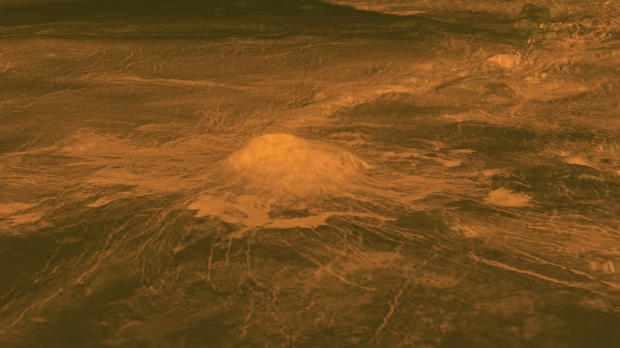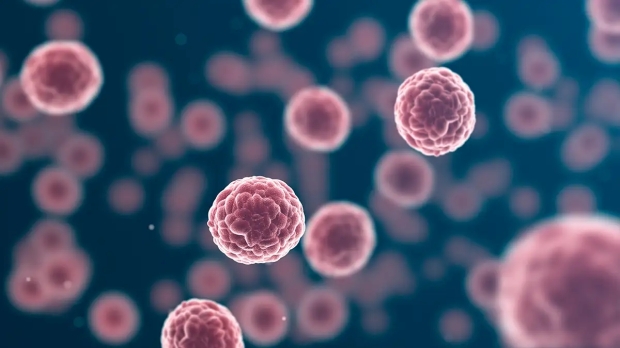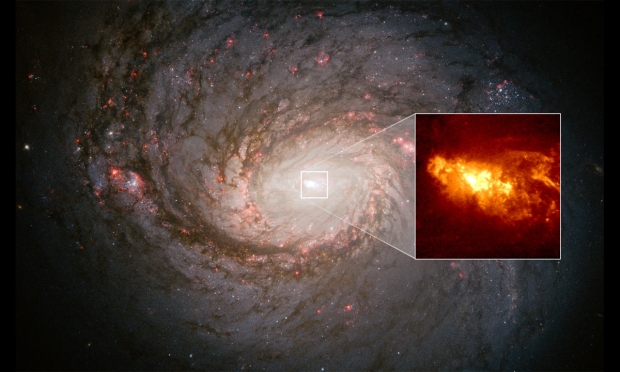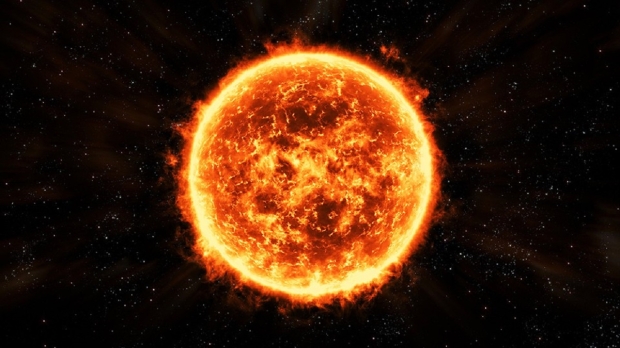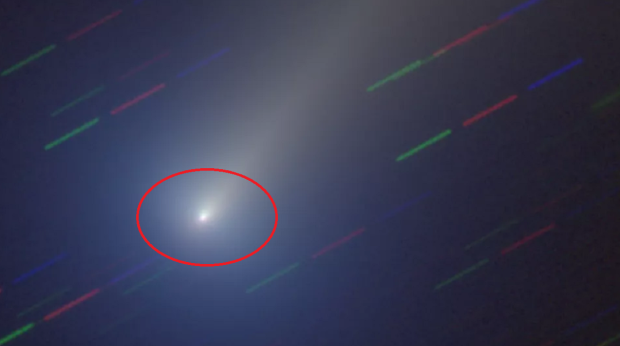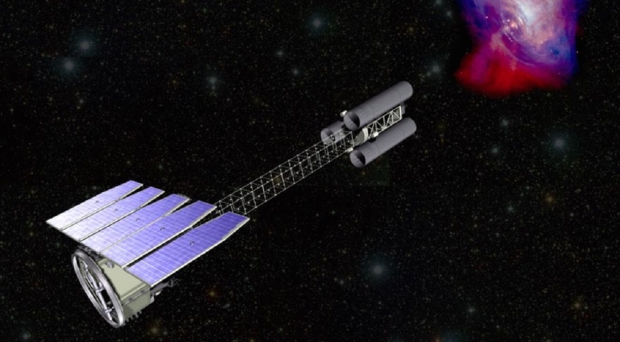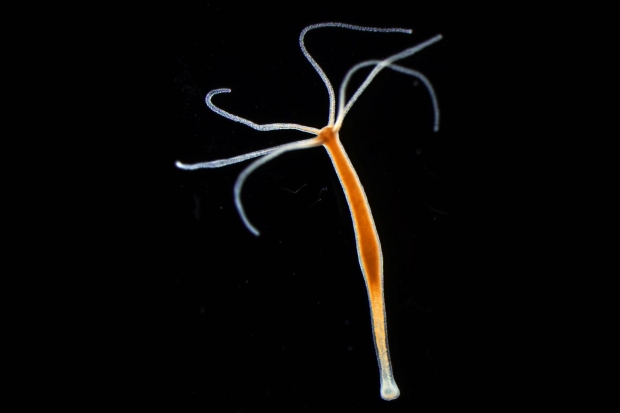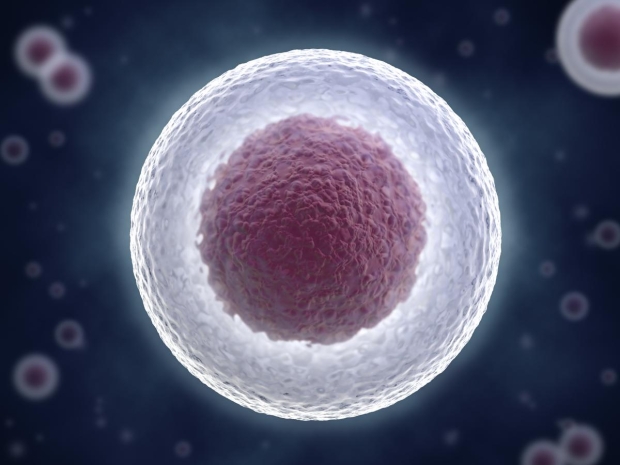Science, Space, Health & Robotics News - Page 225
Recent volcanic activity suspected on Venus
A recent paper published in The Planetary Science Journal indicates that at least one volcano on Venus may still be active, helping shape the planet's landscape around it.
More volcanoes are found on Venus than any other planet in our solar system, with more than 1,600 hundred major volcanoes and potentially up to around a million smaller ones. So far, it has been unclear whether any remain active currently, as the planet is difficult to analyze both from space or on the surface due to the extremely hostile environment.
However, Piero D'Incecco of D'Annunzio University in Pescara, Italy, in his study of Idunn Mons, a Venusian volcanic peak roughly 1.5 miles (2.5 kilometers) high and 125 miles (200 km), has shown signs of potential recent activity. The volcano is located in the Imdr Regio, a region in southern Venus rich in volcanoes.
Continue reading: Recent volcanic activity suspected on Venus (full post)
Communication between immune cells shows potential for cancer vaccine
In a new study posted in the journal Cell, researchers have identified how cells in the immune system communicate and coordinate with one another to fight cancer.
Patients struggling with cancer have undergone immunotherapy to help boost their natural immune response to cancer in their bodies. However, sustained benefits from this therapy only continued in about twenty percent of patients who received them.
Scientists have found in recent years that those most likely to survive lung cancer developed structures similar to lymph nodes around tumors. Much like lymph nodes, the structures produce immune system cells like CD4 helper T cells, CD8 killer T cells, and B cells, which can identify, attack, and produce antibodies against cancer cells and tumors, respectively.
Continue reading: Communication between immune cells shows potential for cancer vaccine (full post)
Nanotech to be trialled in upcoming therapeutic trial for cancer
Nanoparticles dubbed "Cornell dots" are entering their first therapeutic trial, used in the treatment of advanced, recurrent, and refractory cancers.
Developed in Ulrich Wiesner's lab at Cornell University, the C'Dots are silica-encased, fluorescent nanoparticles first unveiled in 2005. They have since been used in creating the world's smallest laser and are shown to have great potential as biological markers. Since proving itself capable of finding cancerous tumors, a new version was created equipped with antibody fragments that allowed them to kill cancer cells in tumors.
After three diagnostic human clinical trials, C'Dots have been proven safe and effective and now begin their first therapeutic trial. Elucida Oncology, Inc. is a biotechnology company co-founded by Wiesner based out of New Jersey, which has iterated on C'Dots to make C'Dot drug conjugates (CDCs), which are nanoparticles attached to dozens of drug molecules.
Continue reading: Nanotech to be trialled in upcoming therapeutic trial for cancer (full post)
The supermassive black hole at the centre of the Milky Way is leaking
Published in The Astrophysical Journal, new research shows that the supermassive black hole at the center of the Milky Way galaxy creates astrophysical jets after consuming a large mass.
The black hole appears to have a vestigial jet dating back thousands of years. NASA's Hubble Space Telescope has not captured an image of the jet but has helped find evidence suggesting it is propelling a vast hydrogen cloud.
Black holes attract material into their orbit, joining the accretion disk, though the strong magnetic fields cause some material to be captured by the out-flowing jets. These jets also spew out large amounts of ionizing radiation, and periodically the black hole will become more active and refill these jets.
Continue reading: The supermassive black hole at the centre of the Milky Way is leaking (full post)
Comet that no one alive will ever see again photographed passing Earth
On December 12, Comet Leonard will be making its closest approach to Earth, and it's teed up to be the brightest and best comet of 2021.
As Leonard makes its way closer and closer to the Sun, astrophotographers around the world are pointing their cameras to the skies to capture the once-in-a-lifetime opportunity. Leonard will be making its pass by Earth at a stunning speed of 158,084 miles per hour, and after it has passed through our solar system, it will be ejected out for millions of years.
For sky-watchers looking to catch a glimpse at the rare comet, Earth Sky reports that it will be difficult to see with an unaided eye, and that an amateur telescope or a decent pair of binoculars would yield better results. Additionally, if you are interested in checking out Leonard, it can be found traveling below the Big Dipper constellation and the star Arcturus. The image above is from photographer James Billings in the United Kingdom, and the one below is from Will Leverett from Llano County, Texas.
Continue reading: Comet that no one alive will ever see again photographed passing Earth (full post)
If the Sun hits us with this 'it could have a serious impact on Earth'
A stellar system located multiple light-years away may have just given researchers a clue into what could happen with our Sun in the future.
In a new paper published in the journal Nature Astronomy, researchers investigate the phenomenon known as "coronal mass ejections" or CMEs. Using our Sun as an example, the study explains that CME are eruptions of extremely hot particles or plasma that are thrown out into space at speeds of millions of miles per hour. CMEs can be dangerous as well, as they can cause geomagnetic storms that can cause communication problems with satellites, or even knock out electricity grids.
The researchers were observing a Sun-like star called EK Draconis, which is the same type of star as our Sun, but at just 100 million years old. The researchers observed Ek Draconis eject a CME ten times bigger than the largest CME researchers have ever recorded.
Continue reading: If the Sun hits us with this 'it could have a serious impact on Earth' (full post)
'Something is wrong' with the best comet of 2021, it's acting weird
Seeing Comet Leonard is quite literally a once-in-a-lifetime experience as it won't be returning to our solar system for tens of thousands of years.
As I previously report, Comet Leonard will be making its closest approach to Earth on December 12, 2021, where it will be 22 million miles away from Earth, which is about 90 times the distance between Earth and the Moon. As December 12 approaches Comet Leonard is moving closer to the Sun, which usually means that it will appear brighter to observers as the Sun's rays are melting the ice ball more intensely, which then creates more vapor. However, Leonard isn't doing that.
According to a report from Space.com, researchers noticed in late November that Leonard wasn't getting brighter, it was actually dimming. The publication reports that based on what astronomers know after studying past comets, there are multiple answers to why its dimming, the first being the comet has broken a part and is splitting up as it journeying closer to the Sun. Ultimately, researchers aren't sure why Leonard is dimming, but hypotheses are flying!
Continue reading: 'Something is wrong' with the best comet of 2021, it's acting weird (full post)
NASA's hunt for violent space explosions begins, new telescope launch
NASA newest space telescope that will be the instrument the agency uses to hunt for violent celestial explosion has launched.
The new telescope is called the Imaging X-ray Polarimetry Explorer (IXPE) and has officially launched on the back of SpaceX's workhorse launch vehicle the Falcon 9 from the Kennedy Space Center in Florida. The new observatory is X-ray focussed, and is a collaborative effort between NASA and the Italian Space Agency.
IXPE will be used by the agencies and astrophysicists to observe the magentic fields of celestial objects such as black holes and neutron stars. The data that will be acquired by the IXPE mission will pave the way forward for a deeper understanding of the environments around dangerous objects such as black holes, which will in turn allow researchers to understand the past and future of these objects.
Continue reading: NASA's hunt for violent space explosions begins, new telescope launch (full post)
Real-life hydra regrow their heads, new research details how
Hydras are a group of small aquatic animals capable of regenerating their heads, the mechanism for which has been uncovered in a new paper published in Genome Biology and Evolution.
Hydras come from the same family of animals consisting of roughly ten thousand species that fall into two major groups, Anthozoa and Medusozoa. Anthozoa comprises sea anemones, corals, and sea pens, while Medusozoa comprises sea wasps, jellyfish, and hydra. Hydras live in temperate, tropical environments, and their stem cells have the capacity for unlimited self-renewal, lending them biological immortality.
Researchers have found multiple genes associated with head regeneration for hydra but have yet to understand the regulatory networks responsible for regeneration in hydras and other regenerating species. Researchers found that epigenetics, changes in gene expression in response to environmental changes, were responsible for regeneration.
Continue reading: Real-life hydra regrow their heads, new research details how (full post)
New study shows how ruptured cell nuclei can reseal themselves
A new study published in the journal Developmental Cell has revealed how a cell nucleus can repair itself when ruptured to prevent DNA spilling out into the rest of the cell.
A cell's nucleus has a nuclear envelope encompassing the DNA within to separate it from the rest of the cell. The nuclear envelope is a phospholipid membrane, which interacts with the cell's cytoskeleton, a network of fibers that help stabilize the structure of the cell. However, the cytoskeleton can sometimes exert excess pressure on a cell's nucleus, leading to a rupture.
"Uncovering the mechanisms that underpin rupture repair is a fundamental question in cell biology, and a better understanding of this process has broad implications for human diseases such as cancer, cardiovascular disease, or autoimmunity," said Dr. Monica Agromayor of the School of Immunology & Microbial Sciences at King's College London, who led the study.
Continue reading: New study shows how ruptured cell nuclei can reseal themselves (full post)


